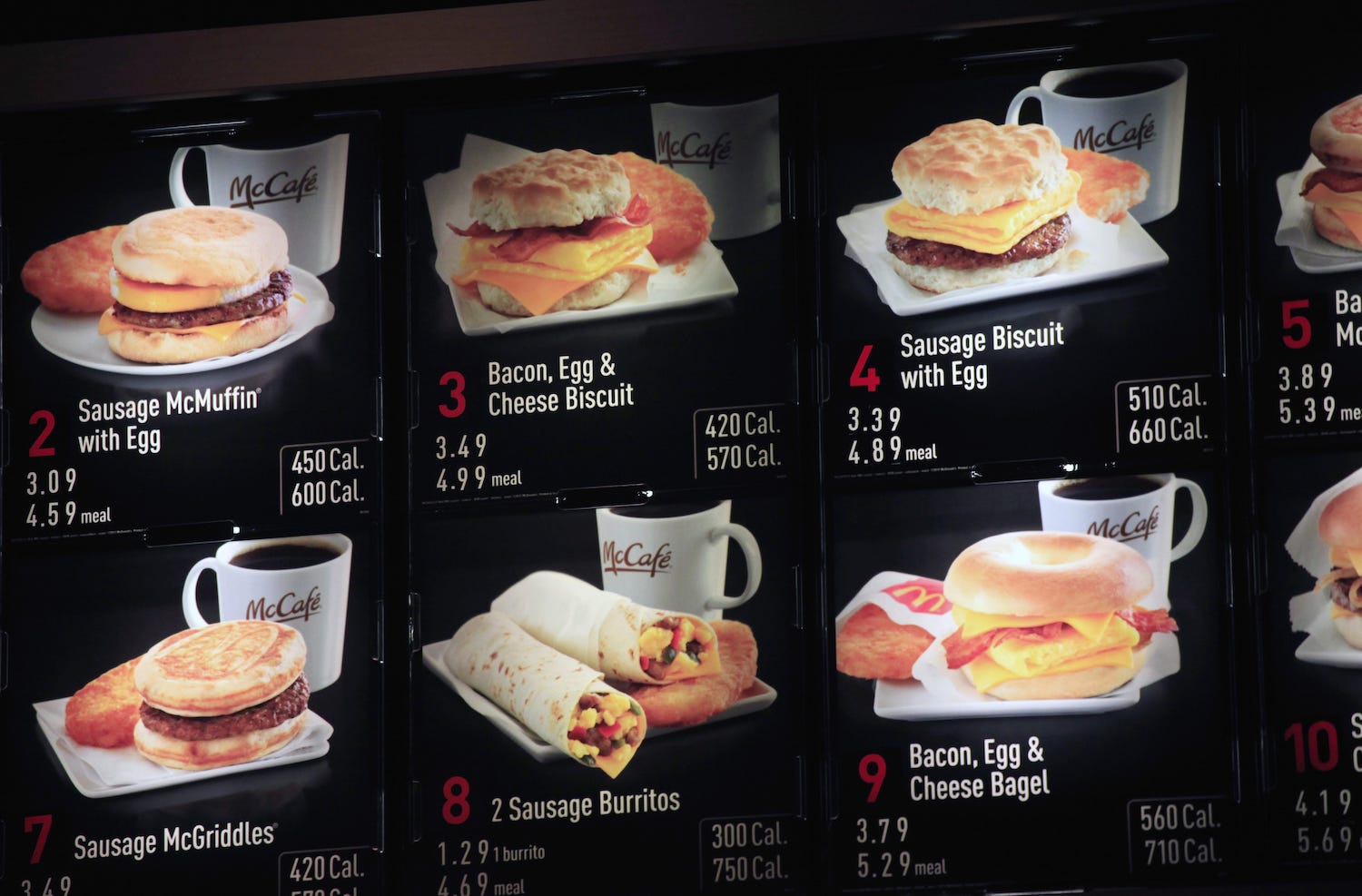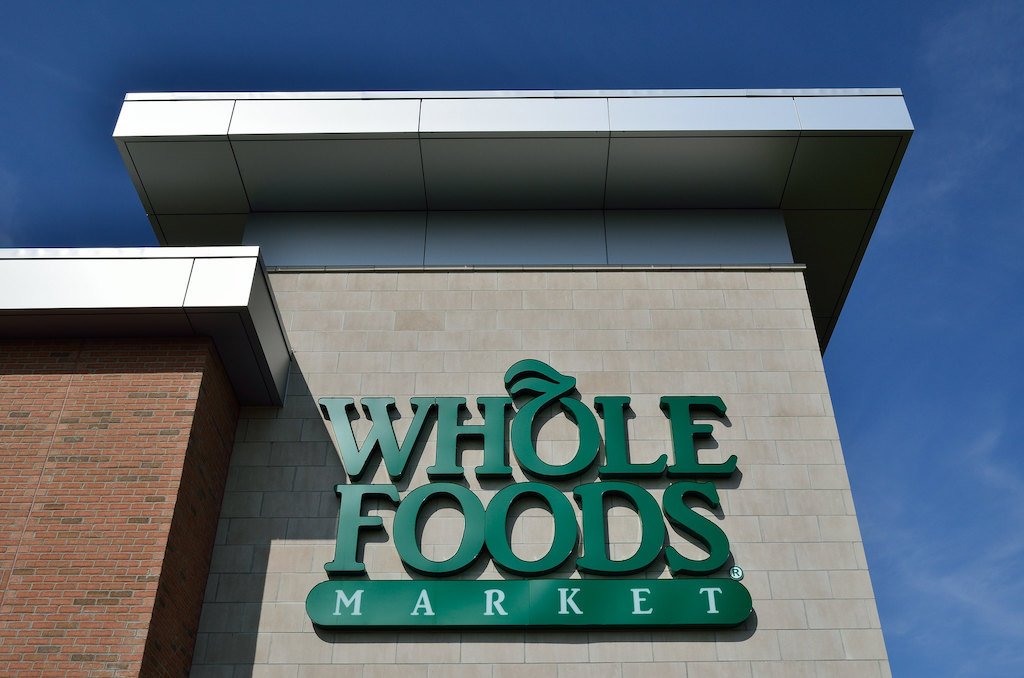Do grocery stores really need an ethnic aisle?
After World War II, grocery stores created ethnic aisles to provide returning vets with foods they had eaten overseas in countries like Germany, Italy, and Japan. But as The New York Times reports, while European cuisines like Italian food have moved into the store’s general population of items, others like Indian food can’t seem to shake the ethnic label. Both customers and sellers aren’t completely settled on which they prefer, finding merits in both models. Advocates say labeled aisles make items easy to find, and for the uninformed, easier to identify and try the unfamiliar. But critics, particularly suppliers, say it can limit the versatility and performance of their products. Others question the motivation of corralling ethnic items into a single aisle in a country where about 40 percent of the population is nonwhite. If everyone has an ethnicity, why is it that only some products carry the label? The former vice president of grocery at Whole Foods described the practice as “a legacy of white supremacy and colonialism.” For what it’s worth, supermarket retailer Kroger conducted a study at one of its Houston stores in 2019 to learn if customers preferred non-European food products arranged in separate aisles or mixed in with other foods. The ethnic aisle took an L.





